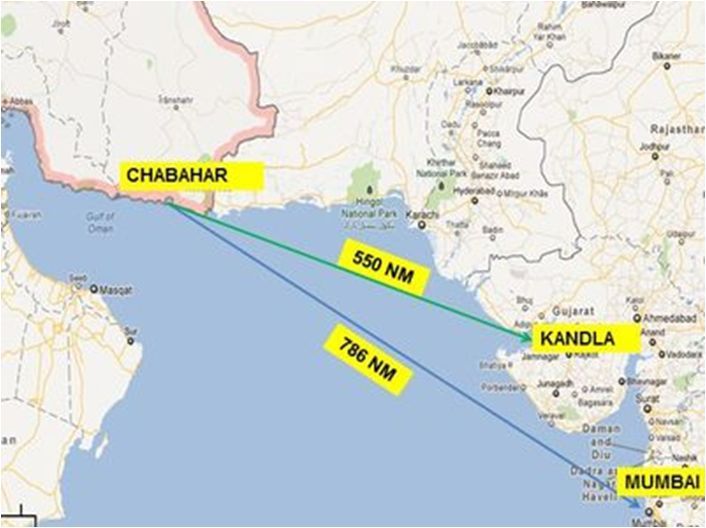French President Emmanuel Macron will visit Jaipur the pink city of India today. Prime Minister Narendra Modi will welcome him at Jantar Mantar with hospitality full of Rajasthani culture. Before that, the French President will be welcomed at Jaipur Airport by Governor Kalraj Mishra and CM Bhajanlal Sharma. He will reach Jaipur today at around 2.30 pm on Thursday while Prime Minister Narendra Modi will arrive at around 4.35 pm.
French President Emmanuel Macron is coming to India as the chief guest of the Republic Day celebrations. He will spend about 6 hours and 20 minutes in the Pink City Jaipur on Thursday. To see the tourist places, he will travel about 12 kilometres from Amer to Sanganeri Gate.
Grand Welcome at Jaipur
As soon as French President Emmanuel Macron steps into Jaipur, he will be welcomed with the Kalbelia dance and Chang beats at the State Hangar. Moreover, Sahariya culture will also be shown. He will see drums playing and a Kachchi Ghodi dance in Jaleb Chowk. Moreover, at Diwan-e-Khas, Ghoomar will be performed. There will be a display of Kalbelia dance, Manganiyar music, bagpipe playing, Bhavai dance, Garasia, Kathori culture and puppetry from the tribal community, from Jaleb Chowk to Jantar Mantar. Furthermore, there will be a performance of Pad Dangal along with Kalbelia, Sahariya, Gair, Chakri and Peacock dance at Chandni Chowk. Apart from this, there will be a Ravan Vadh at Jantar Mantar and Ganesh Pol and music playing at Hawa Mahal.

Roadshow of French President Emmanuel Macron
PM Modi will welcome him at Jantar Mantar. From Jantar Mantar, both celebrities will do a roadshow. Moreover, this roadshow is about two and a quarter kilometres long from Jantar Mantar to Sanganeri Gate via Hawamahal.
French President Emmanuel Macron will pay for handicraft items through BHIM UPI
During his visit to Jaipur, French President Emmanuel Macron will purchase handicraft items as souvenirs near the state’s old assembly Town Hall and Hawa Mahal. Moreover, to promote digital transactions, he will make payments through BHIM UPI. A cultural glimpse of Rajasthani dance and music will be presented at the historical Jantar Mantar and world-class heritage Hawa Mahal and we will also enjoy tea at a Thadi. He will also come face to face with the cultural heritage of Jaipur.
French President Macron will discuss bilateral issues with PM Modi
Prime Minister Narendra Modi and French President Emmanuel Macron will discuss bilateral issues at Rambagh Hotel and there is information that an agreement will also be signed. After the meeting and dinner, he will leave for Delhi. Foreign Minister S Jaishankar will also stay in Jaipur during this visit.
Outcome of the Visit of French President Emmanuel Macron
The visit of both the celebrities will be special in many ways. Just as Prime Minister Modi put Lakshadweep tourism on the world map. In the same way, the visit of both personalities will give new heights to the tourism, handicraft and jewellery industries in the Pink City. Jaipur is also called the twin city of Paris, this visit will further strengthen this identity. It is being said that this tour will give a special message to give new dimensions to tourism, art and culture as well as Rajasthani heritage to the world.
Minute to minute program of Prime Minister Narendra Modi
- 4.35 pm: Arrival in Jaipur
- 5.00 pm: Reach Jantar Mantar
- 5.30 pm: Welcome the French President at Jantar Mantar.
- 6.00 pm: Shopping at Hawa Mahal with French President
- 6.30 pm: Albert Hall
- 6.45 pm: Reach Hotel Rambagh Palace
- 7.15 pm: Meeting with the French President followed by dinner.
- 8.50 pm: Fly to Delhi.
Minute to minute program of French President Emmanuel Macron
- 2.30 pm: Arrival at Jaipur
- 3.15 pm: Amer Fort Visit
- 5.30 pm: Jantar Mantar Visit
- 6.00 pm: Roadshow
- 6.15 pm: Hawa Mahal Visit
- 7.15 pm: Meeting with Prime Minister Narendra Modi at Hotel Rambagh
- 8.50 pm: Fly to Delhi























